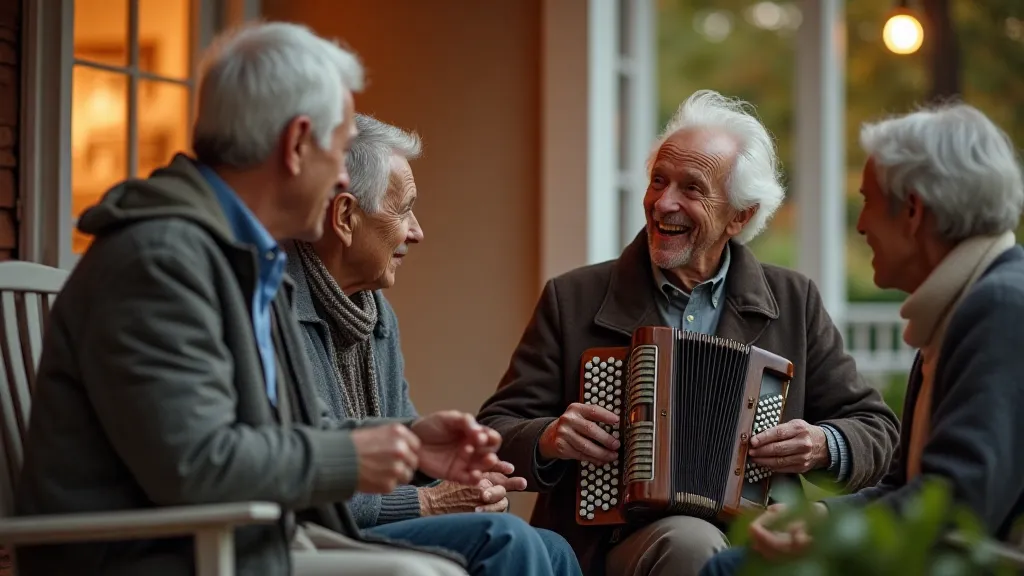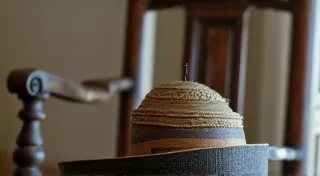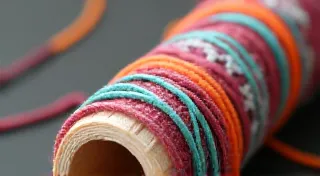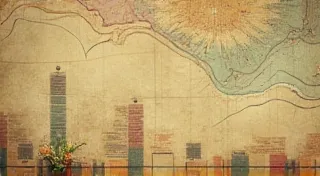The Grammar of Kin: Family Relationships Reflected in Appalachian Speech
There's a certain melancholy that clings to antique accordions. A bittersweet resonance, like a memory trying to surface. Holding one, you feel the ghosts of family gatherings, of porch-side singalongs, of stories passed down through generations. And in Appalachia, those stories are often interwoven with the very language itself – a language deeply shaped by family, community, and a profound sense of place. Today, we’re diving deep into the fascinating grammar of kinship within Appalachian dialects, exploring how the way people talk about family reveals a whole world of values and historical connections.
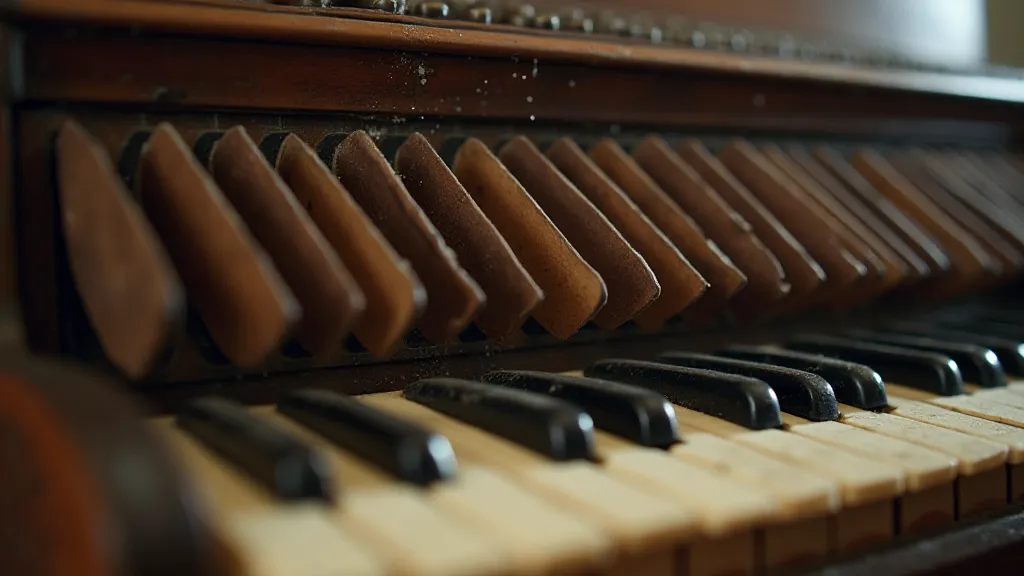
Beyond 'Cousin': A Web of Relationships
When we think of regional dialects, we often focus on quirky vocabulary – “poke” for a paper bag, “holler” for a hollow. And while those are certainly part of the picture, the intricacies of Appalachian speech run far deeper. Consider the system of cousin terms. In many parts of the country, you have 'cousin'. Simple enough. But in Appalachia, it’s a complex network, a carefully calibrated system that places individuals within a layered social hierarchy.
The core concept rests on the idea of parallel cousins (children of siblings) and cross cousins (children of your parents’ siblings). But it goes further. Your mother’s brother’s children are *first* cousins, a designation you would likely use widely. However, your father’s brother’s children are often called *fair cousins*. This seemingly arbitrary distinction isn’t just about genetic connection; it’s a reflection of historical patterns of inheritance and social obligations. Fair cousins would traditionally be considered closer than other relatives, sometimes even carrying responsibilities and expectations beyond those of typical family members. The system itself is a living testament to how communities built systems to maintain social cohesion and navigate complex family dynamics. The subtle nuances can be challenging for outsiders to grasp, and understanding how these terms have evolved over time can be a fascinating journey – one that explores how mapping the edges of dialectal drift can reveal surprising connections between language and history.
The Echoes of Scotch-Irish Influence
The origins of this kinship terminology are deeply rooted in the Scotch-Irish settlers who heavily populated the Appalachian region beginning in the 18th century. These settlers brought with them a system of kinship terminology that was far more detailed than what was common in England at the time. It wasn’t merely a matter of labeling relatives; it was a system designed to define social roles and responsibilities within a clan-like structure. The precise terms and nuances varied from place to place, reflecting the diverse origins of the settlers and the evolution of local customs. Some communities might have used unique designations for great-aunts and uncles, or even distinguished between different types of nieces and nephews.
The preservation of these older terms in Appalachia is remarkable. While many communities in other parts of the country simplified their kinship systems over time, the relative isolation of the region allowed these intricacies to persist, becoming an integral part of the cultural fabric. The act of simply *naming* a relative in the traditional way serves as a constant reminder of shared history and belonging. The subtle shifts in vowel sounds, coupled with the persistence of archaic grammatical structures, contribute to the distinctive character of Appalachian speech – a subject explored in depth by those interested in examining the moon's shadow on pronunciation.
Grammatical Quirks: Possessive Pronouns and More
The complexity doesn’t stop at kinship terms. Appalachian speech also exhibits unique grammatical structures that further reinforce the importance of family. The use of possessive pronouns, for example, can be particularly revealing. Instead of saying "My sister’s husband," you might hear "My sister’s man." While seemingly a minor difference, this alteration highlights a focus on the *relationship* rather than just the legal or formal title. It speaks to a culture that prioritizes connection and personal understanding over rigid categories.
Another common feature is the use of “a-” prefixes on verbs, a linguistic tic that’s found across many Appalachian communities. You might hear "He’s a-huntin'" instead of "He's hunting." This isn't simply a casual affectation; it’s a remnant of older English dialects and adds a layer of authenticity and intimacy to the language. It’s a marker of belonging, a subtle cue that signals shared heritage and cultural identity. The preservation of these echoes of old English represents a fascinating intersection of linguistic history and cultural identity, and scholars dedicated to tracing echoes of old English are continually uncovering new insights into the evolution of Appalachian speech.
Craftsmanship and Connection: Restoring More Than Just Accordions
There’s a parallel here between the care taken to preserve these linguistic traditions and the dedication found in restoring antique accordions. Just as a skilled linguist meticulously analyzes the evolution of words and grammar, an accordion restorer approaches their task with a profound respect for the instrument's history and craftsmanship. They aren’t simply repairing broken parts; they are breathing new life into a piece of cultural heritage.
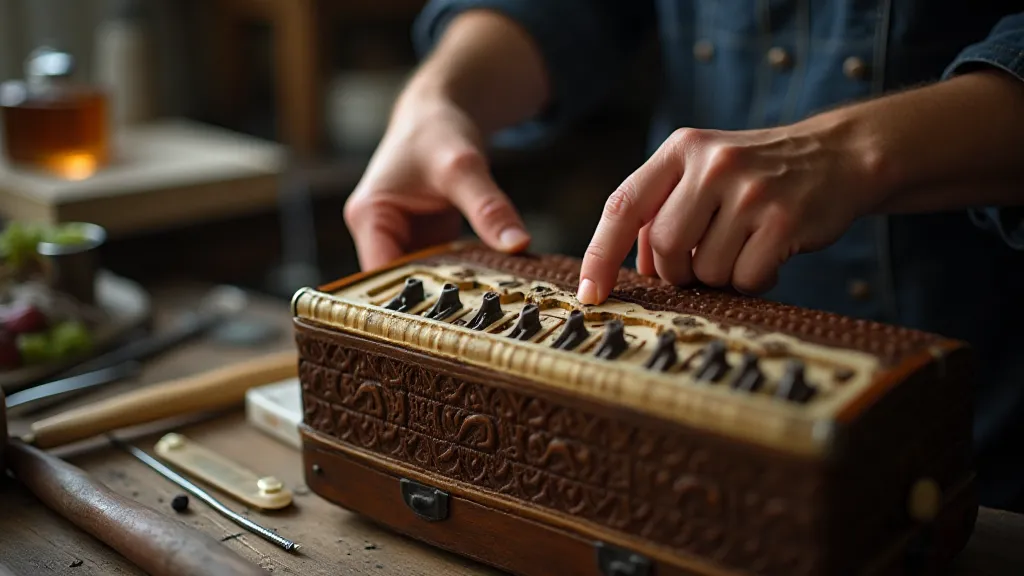
Restoring an accordion often reveals layers of history – faded inscriptions, remnants of old stickers, signs of countless hands playing and holding the instrument. Similarly, understanding Appalachian kinship terms unveils a deeper understanding of the region's social structures and historical roots. Both activities are about more than just technical skill; they are about connecting with the past and preserving cultural traditions. The subtle shifts and variations in language are as important as the physical preservation of objects – both serve as vital links to a shared heritage.
The Threat of Linguistic Erosion and the Importance of Preservation
Sadly, like many dialects around the world, Appalachian speech is facing increasing pressure from mainstream culture. Younger generations are often less likely to use traditional kinship terms and grammatical structures, opting instead for more standardized forms of English. This isn't necessarily a conscious rejection of their heritage; it's often a consequence of increased exposure to mass media and a desire to fit in with broader social norms. The standardization of language and the drive for wider communication often comes at the cost of unique cultural expressions.
The loss of these linguistic nuances represents a loss of cultural identity. It’s a gradual erosion of a unique way of understanding the world, a fading of the voices that have shaped Appalachian communities for generations. The stories and traditions passed down through generations are increasingly threatened by the homogenization of language – a phenomenon impacting many communities worldwide. That’s why efforts to document and preserve these dialects are so important. Recording speakers, transcribing oral histories, and educating younger generations about their linguistic heritage are vital steps in ensuring that these traditions don't disappear entirely. The role of the community librarian is central to this mission – diligently safeguarding these unique linguistic landscapes. Those dedicated to preserving dialect through oral history play a crucial role in safeguarding these treasures for future generations.
Just as the warm, resonant tones of an antique accordion evoke a sense of nostalgia and connection, the language of kinship in Appalachia serves as a powerful link to the past. By appreciating the intricacies of this dialect, we can gain a deeper understanding of the region’s rich history, its vibrant culture, and the enduring power of family.
